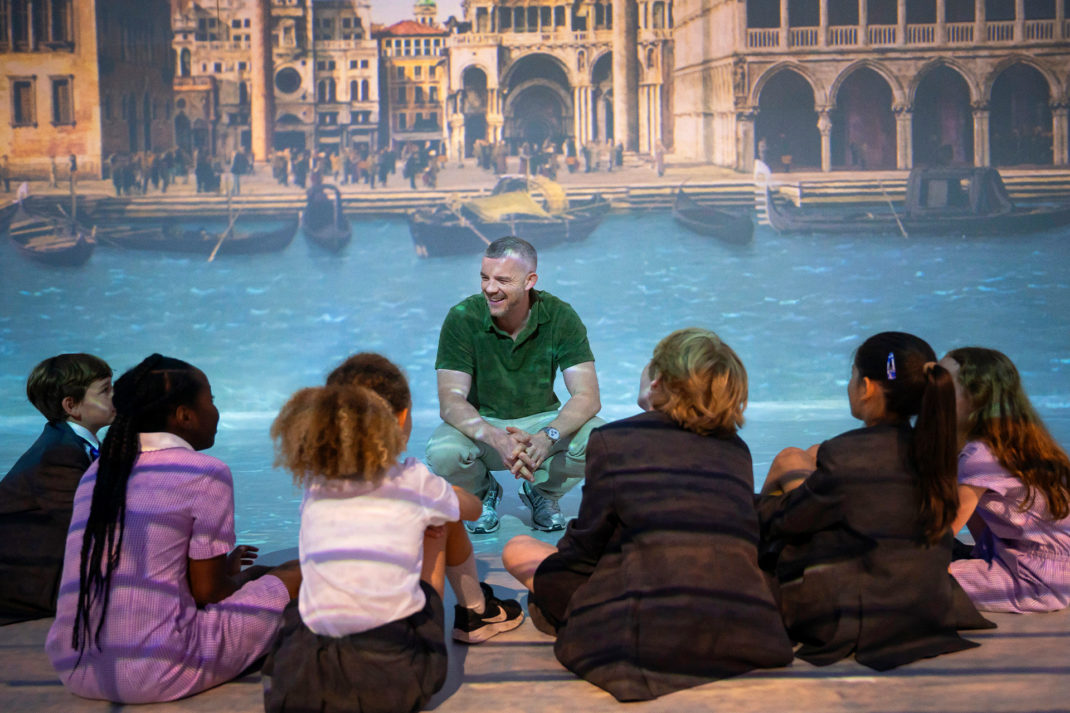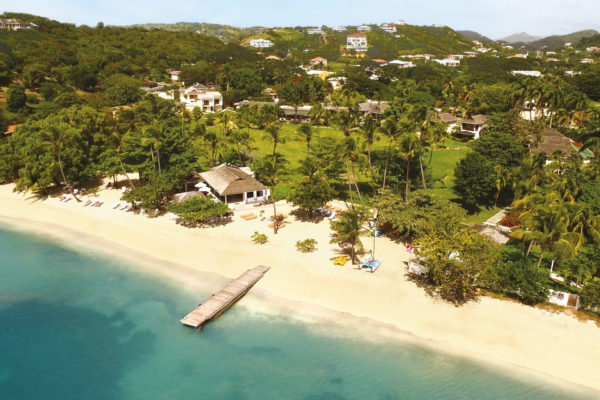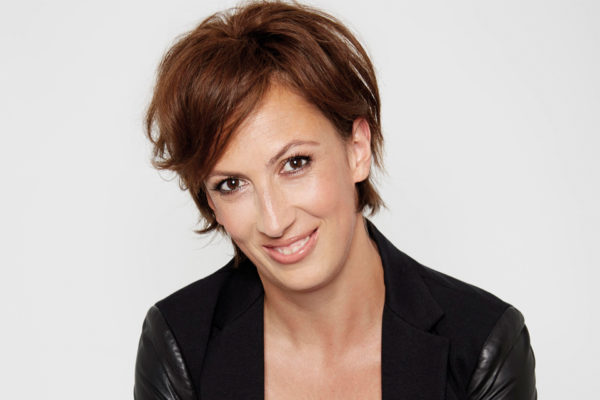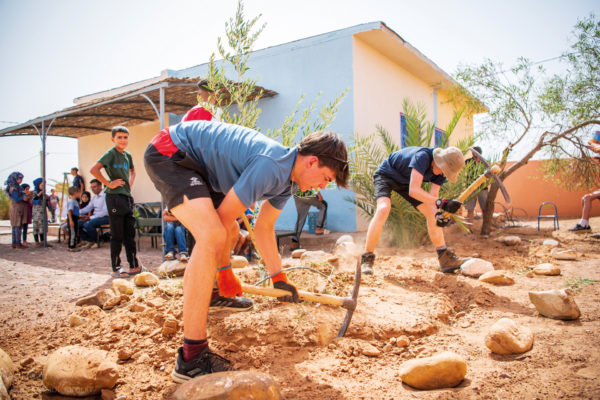Teen Review: Working At The Marine Discovery Centre In The Maldives
By
2 years ago
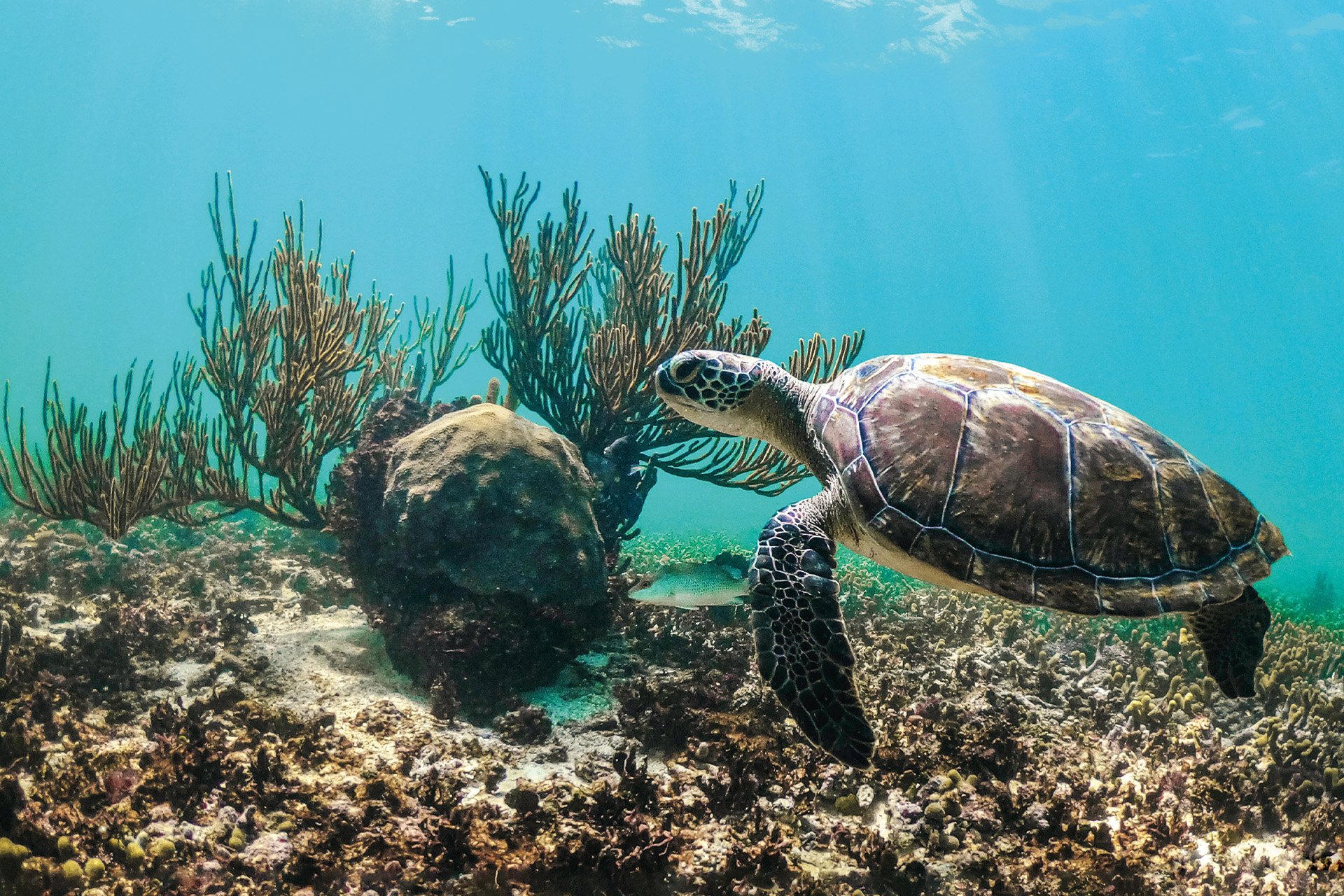
Raif Duncan, 15, tries out a marine conservation programme while on holiday in the Maldives
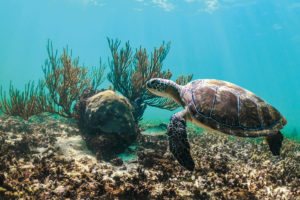
Turtle swimming in the ocean (Image: Pexels)
I spent three days at the Marine Discovery Centre (MDC) on Landaa Giraavaru. It was amazing – far better than I could ever have imagined. On the first day, I became part of the Manta Trust research team learning about the behaviour of these majestic creatures. Mantas have the most enormous mouth, deep cavernous belly and a unique spot pattern (like a fingerprint) that is used to identify them. The larger ocean rays can weigh up to 2,000kg (that’s about 24 people!) and it was only when snorkelling I realised just how big they really are. They have massive fins, too and can swim twice the speed of humans.
The next day, I went to the resort’s onsite marine hospital, home to four injured turtles (three Olive Ridleys and one Hawksbill). Helen, the marine biologist, taught us about them; six of the seven species are at risk of extinction. Then we got to know them personally.
Xanchi was found entangled in a discarded fishing net last January. He did really well in hospital and soon after I left he happily returned to the open sea.
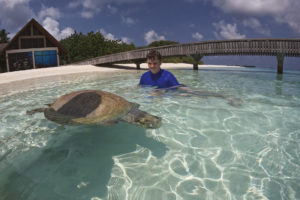
Raif in the water with a turtle
Sadly, Frisbee won’t be so lucky. He was rescued in 2018 floating in the open water, missing two front flippers and suffering from buoyancy syndrome where air and other gases get lodged under the shell, so he couldn’t dive for food. I fed him , sponged him down with water and iodine to remove algae and dirt and then brought him and Maw (a female Olive Ridley) for a swim. Before being released into the sea, trackers are attached to the turtles which transmit signals when they come above the water surface- one was recently spotted in Indonesia. Once back in the ocean, whether they swim left towards Africa or right into the Bay of Bengal depends on the season. Turtles are obviously quite smart.
My last day was spent on the coral reef – which is the most diverse of all marine ecosystems. I spent most of the day learning about the coral restoration project that to date has regenerated about 8,500 coral frames. Then I made my own. After collecting about 40 small fragments of living coral from existing colonies underwater, I attached them on to the circular-shaped frame (with zip ties) and made a tag with my name and tracking number (LG5201) that will be used to monitor coral growth. Finding a spot in the sea (close to our villa) I lowered the frame, anchoring it into the sand. Every six months, I will get photos of the coral growing on my frame. How cool!
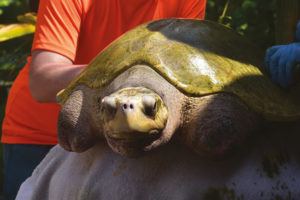
Turtle from the Marine Discovery Centre
WHERE TO STAY
The Four Seasons Resort Landaa Giraavaru in the Maldives offers the Trainee Marine Biologist programme, a serious foundation for scientifically minded 13- to 18-year-olds. There are six modules on offer, designed to immerse teenagers into ground-breaking conservation and research initiatives, so they learn by doing and enjoy a rare opportunity to become part of the life of the ocean at a time when they are ready to experiment and set foundations for life. Resort rates start at US$ 1,800 per night. The Trainee Marine Biologist programme is US$ 450 + tax per day.
TEEN VERDICT
‘I learnt a lot and the experience helped me realise that we can all do our part to protect these endangered species.’
PARENT VERDICT
‘We know that much of our learning happens outside of the classroom so this was especially exciting.’
More information



